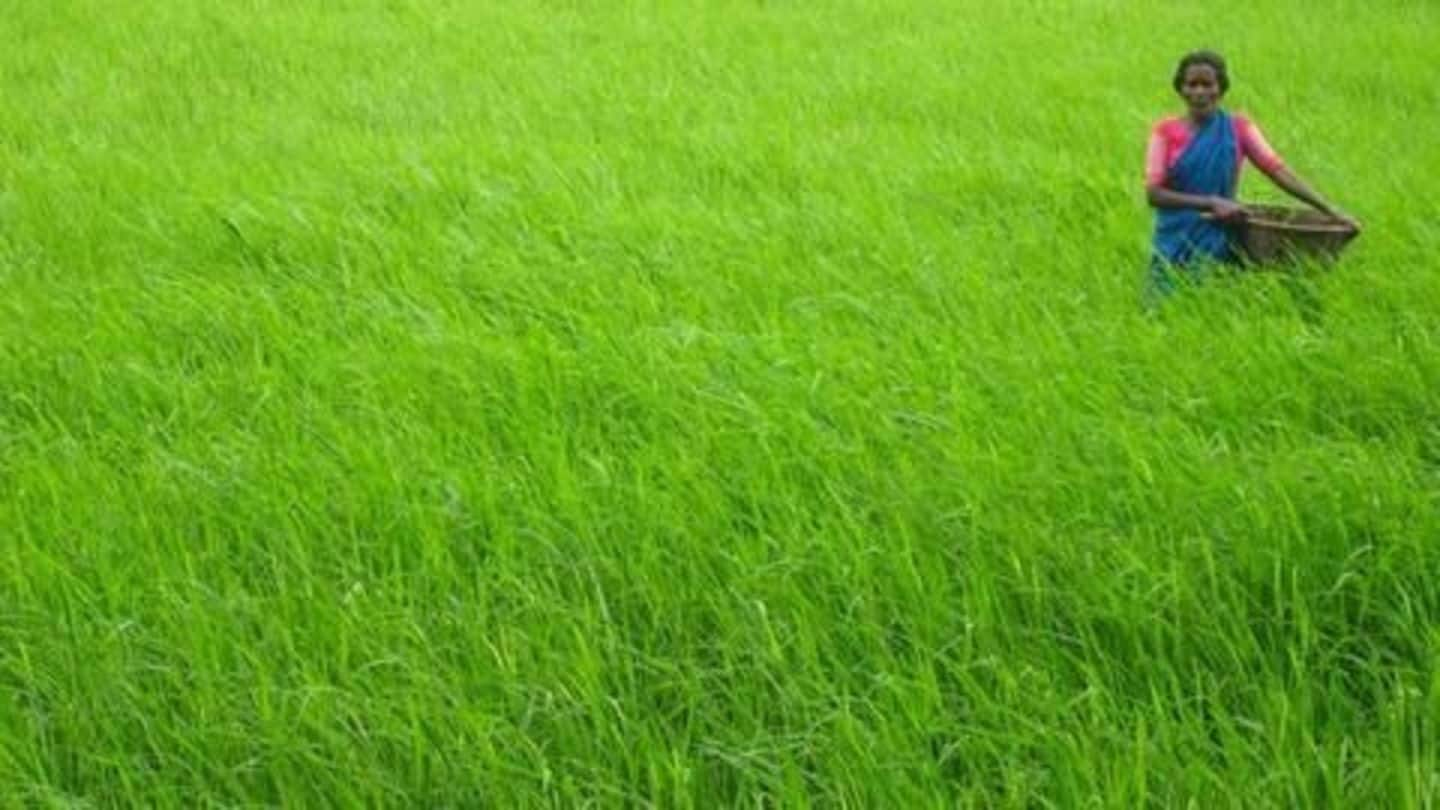
How economically prudent are farm loan waivers?
What's the story
Triggered by factors including bad monsoons, farmers across India have been demanding waiver of farm loans from the government. While states including UP and Maharashtra governments have written off their farm loans, it has intensified demands from other states including Karnataka and Madhya Pradesh. A recent IndiaSpend study elaborates on the economic impact and effectiveness of farm loan waivers. Let's explore!
Data
The price of India's farm loan waiver
While the waiver is estimated to provide relief to about 32.8 million farmers, this would cost India a whopping Rs. 3.1 lakh crore, which is 2.6% of the country's GDP and equals 16 times of the funds allocated for building rural roads in this budget.
Consequences
Banks take the hit
Waivers can likely increase non-performing assets in banks, out of which agriculture accounted for 41.8% of priority sector lending. This could make Public sector banks more vulnerable and could result in a plummeting share value. An Economic and Political Weekly article published in 2008 states that banks took almost nine years to bounce back from India's first mass farm loan waiver, implemented in 1989-90.
Data
Waivers may increase fiscal deficit
The 14th Finance Commission recommends that fiscal deficit should stay below 3%. While Maharashtra budgeted for a fiscal deficit at 1.53% of the state's Gross State Domestic Product for 2016-17, the proposed waiver will take it up to 2.71%, increasing fiscal deficit.
Inquiry
Do farm loan waivers actually benefit farmers?
As per latest official figures, about 22.1 million farmers in India depend on relatives or local money-lenders for credit. Hence, the loan waiver need not entirely benefit them. National Crime Records Bureau data on farmer suicides further shows a trend of decline in numbers post-loan waiver followed by a hike in suicides after a short period as seen in states including Maharashtra and Telangana.
Data
Loan waiver and farmer suicides: The case of Maharashtra
According to National Crime Records Bureau data, Maharashtra contributed to about 27% of farmer suicides in India in 2007. The numbers declined after UPA's farm loan waiver in 2009. By 2015 the numbers once again rose with Maharashtra accounting for 34% of national farmer suicides.
Analysis
If waivers don't fix anything, then what?
India's agricultural sector is plagued by issues including lack of proper storage and irrigation facilities and poor supply-chain infrastructure, which in turn magnifies risks. A 2016 report authored by Chief Economic Advisor, Arvind Subramanian recommends for increased investments in state's procurement capacity, i.e. money available with the government to procure farmer's produce. It covers aspects including Minimum Support Price and lifting export bans.